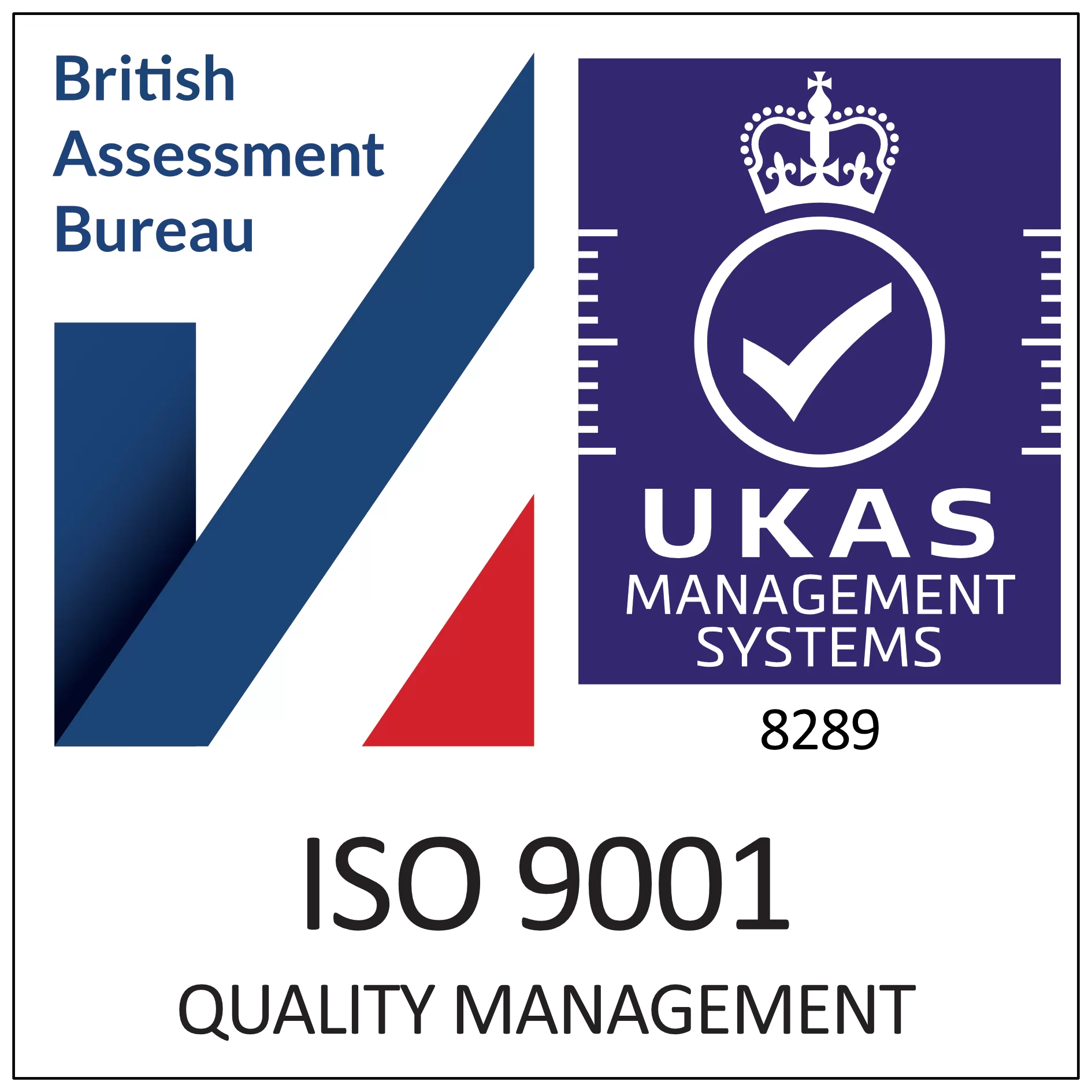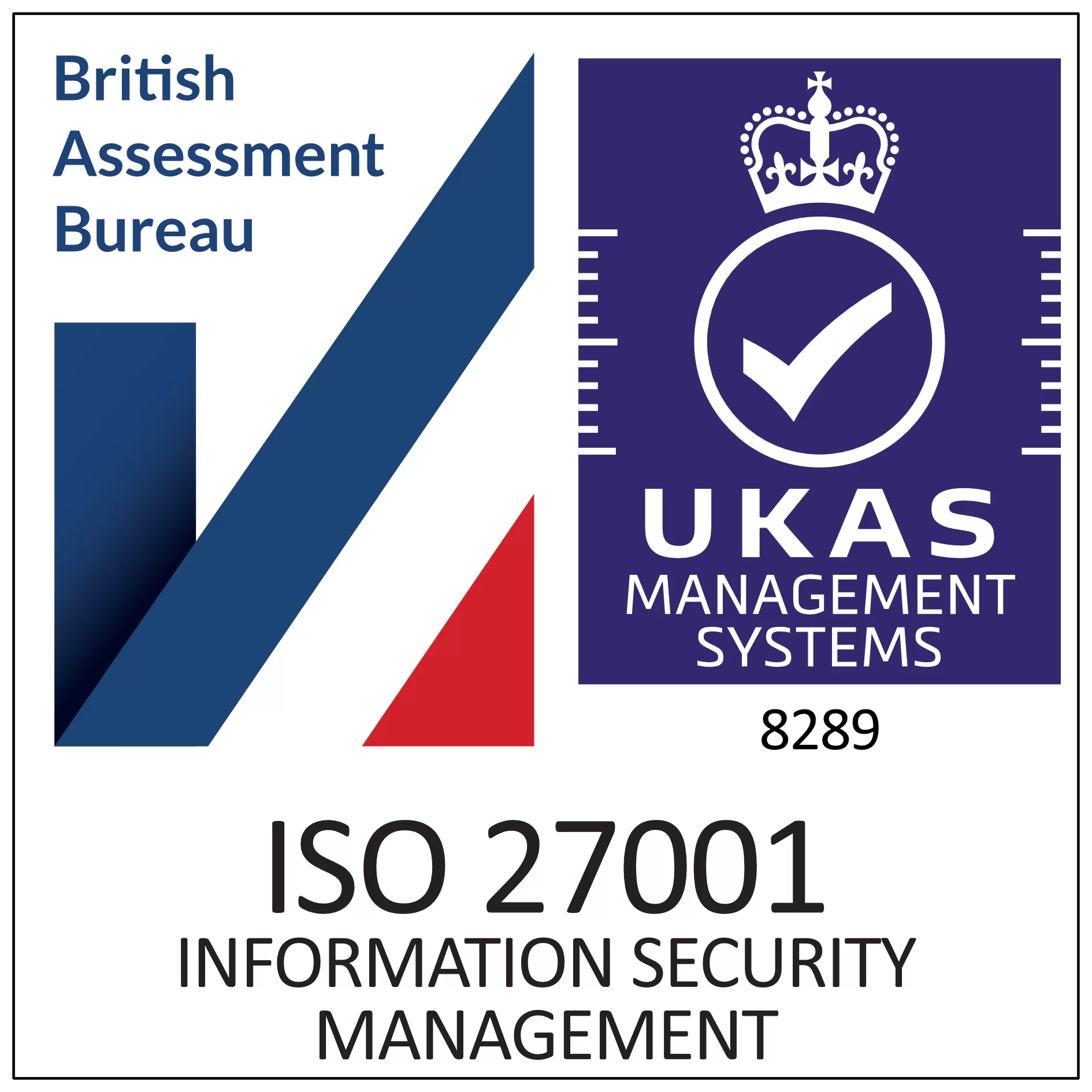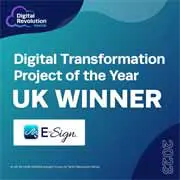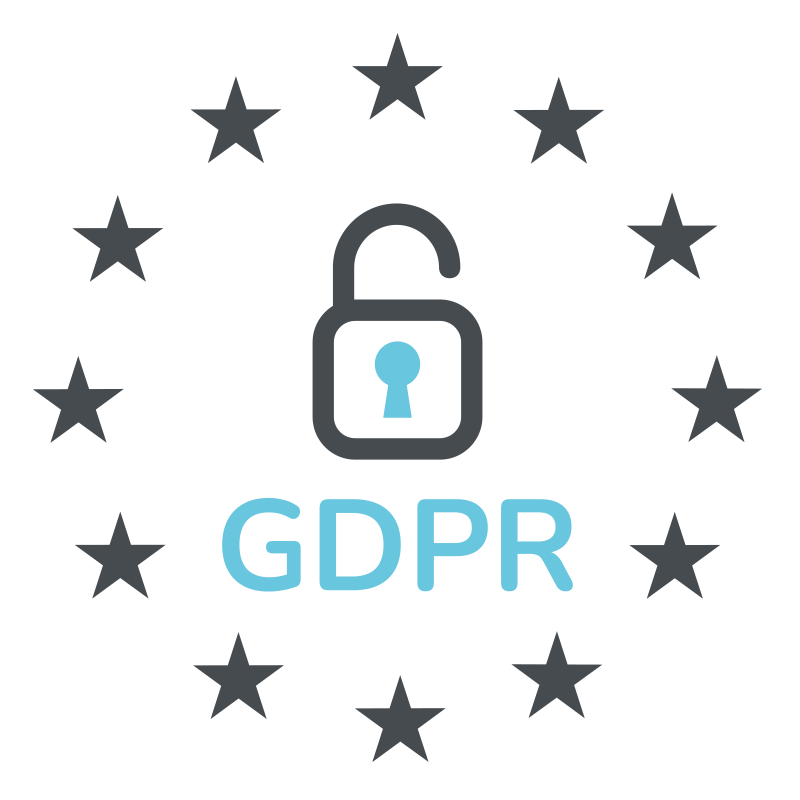Home | News & Insights |
Developing a Document Digital Ecosystem With E-Sign
Laura Cain
Marketing & Brand Manager
PUBLISHED
23rd March, 2021
Contents
No contents found.
Whilst the concept of the digital ecosystem has been around since the early 2000s, the term has gained new significance in the wake of the coronavirus pandemic.
Businesses which were previously reluctant to adopt digital technology such as electronic signatures were forced to reconsider their position with the advent of home working. With employees working remotely, our ability to communicate and collaborate was challenged like never before, as was our need to remain productive when away from the office.
Thankfully, technology was there to help fill in the gaps and empower employees to do their job just as well, if not better, from home. Business owners now understand the immense value of digitalisation and are exploring, in greater depth, the potential and benefits of implementing a cohesive digital ecosystem.
What Is a Digital Ecosystem?
In its most basic sense, an ecosystem is simply defined as “a complex network or interconnected system”. Whether you’re talking about an animal’s biological role in the food chain or two apps working together to create a unified digital workspace, interaction and collaboration is key for any ecosystem.
Most businesses will already use some form of digital technology as part of these processes but they can often be isolated with manual intervention. Going one step further to consider how these technologies interact and promote collaboration where possible is the true essence of a digital ecosystem. Creating a digital ecosystem brings adaptability, scalability, and self-sustainability to your digital processes; all of which are essential to remain competitive in the modern business world.
Developing a Digital Ecosystem
Developing a digital ecosystem that truly works for your business, employees, and customers requires an honest and self-reflective assessment of how your business currently operates. The old saying ‘if it ain’t broke don’t fix it’ is exactly the type of mindset that should be avoided when approaching a digital ecosystem. Typewriters and telegraphs could technically ‘get the job done’, but we all know that outdated technologies can be seriously limiting for businesses in this digital era.
A digital ecosystem is all about using collaboration and interaction to create value for your company, whether that’s improving productivity and collaboration, reducing errors, or saving time and money on inefficient manual processes. It doesn’t necessarily mean you have to start from scratch with your technology; part of creating a digital ecosystem is optimising existing software and processes to achieve this effect.
Intermediaries such as APIs (Application Programme Interfaces) and connectors allow you to maximise the integration capabilities of your existing software solutions, as well as allowing for greater automation throughout your processes. Both of these intermediaries can go a long way to promote a coherent digital ecosystem in your business by allowing previously separated applications to interact.
API Verses Connectors
While both APIs and connectors ultimately achieve the same integrated outcome, the way they do it is slightly different.
An API allows your applications to interact with one another, specifying how these platforms and workspaces can and should collaborate. APIs ultimately integrate a number of different application functions into one streamlined ecosystem, making your business processes more efficient and user-friendly for your employees.
The only downside of using an API to achieve a cohesive digital ecosystem is that it requires a high level of IT skills that not all businesses will have immediate access to. Unless your business has an advanced level of digital maturity or an in-house team, you may find yourself in need of a developer or programmer to help you achieve your desired outcome. We understand that not all businesses have the resources or expertise to go down that path, but that doesn’t mean that developing a digital ecosystem isn’t for you. This is where connectors can step in.
With clients and businesses seeking maximum operational efficiency through streamlined workflows and joined up processes, platforms and applications are becoming increasingly conscious of this need for effective collaboration and are offering connectors to extend the integration capabilities of their tech. These built-in options act as an API, connecting platforms and applications with little to no effort; all the technical stuff is contained within the connector. Offering an easier path to integration, connectors can play a vital role in developing your digital ecosystem, creating a wrapper around your existing software solutions and joining up isolated processes to create a truly agile ecosystem that lends itself to streamlined workflows and greater automation.
Benefits of a Digital Ecosystem
Whilst developing a true digital ecosystem is no piece of cake, the benefits it brings to your business is certainly worth the effort. Increasing digitalisation is somewhat inevitable post-coronavirus, with businesses adapting to the demands of both the market and their own employees; and your business can either lead the charge or end up playing catch up.
Streamline processes with automation
One of the biggest benefits of a digital ecosystem is the ability to automate previously manual processes. Using connectors to improve collaboration between your applications and software ultimately means you spend less time manually navigating between your digital workspaces, saving you time and reducing errors that can otherwise occur with human interventions.
Save your business time and money
Improving workflow and business operations is often a major goal of any company. As the saying goes, time is money and every second your employees spend on pointless rigmarole is time your business could be using more efficiently. Eliminating time-consuming and inefficient steps in your processes ultimately means your employees have more time to spend on higher value activities that help grow your business.
Ensures adaptability for your business
Just like a natural ecosystem, a digital ecosystem leaves room for evolution and adaptation. It’s important to remember that business IT is constantly evolving. With this in mind, you should never consider your digital ecosystem to be a fixed entity but rather a starting point for future improvements and advancements. Developing your business IT into a fully functioning ecosystem will ultimately make it easier to implement future changes to your processes.
Achieving a Document Digital Ecosystem With E-Sign
At E-Sign, we offer a range of connectors and built-in options that allow you to create your own digital ecosystem for document transactions. Within the E-Sign platform, we offer options for payment gateways and two-factor authentication, as well as connectors to collaborate with a range of popular and widely used business applications, including:
- Stripe
- Dropbox
- HubSpot
- OneDrive
- Office 365
By integrating E-Sign, your eSignature and document transaction management system, with your existing applications, you can take control of your document processes and create a streamlined workflow that truly works for your business. Contained within a bespoke digital ecosystem, you can be sure that your document processes are efficient and adaptable, helping to keep your business agile and reactive in an increasingly digital market.
If you’re looking for an easier way to create a digital ecosystem for your document processes, get in touch with E-Sign today. Our platform is API-enabled and has a range of connectors that are ready for out-of-the-box application.
E-Sign is a leading provider of digital transaction management solutions, supplying professional services including Electronic Signatures, Web Forms, ID Checker, Verification Tools, Personalised Emails, API and Payment Processing to businesses of all sizes across the UK.
To find out more about our E-Sign solutions and how they could transform your business, get in touch with us today.
 Facebook
Facebook
 X (Twitter)
X (Twitter)
 LinkedIn
LinkedIn











